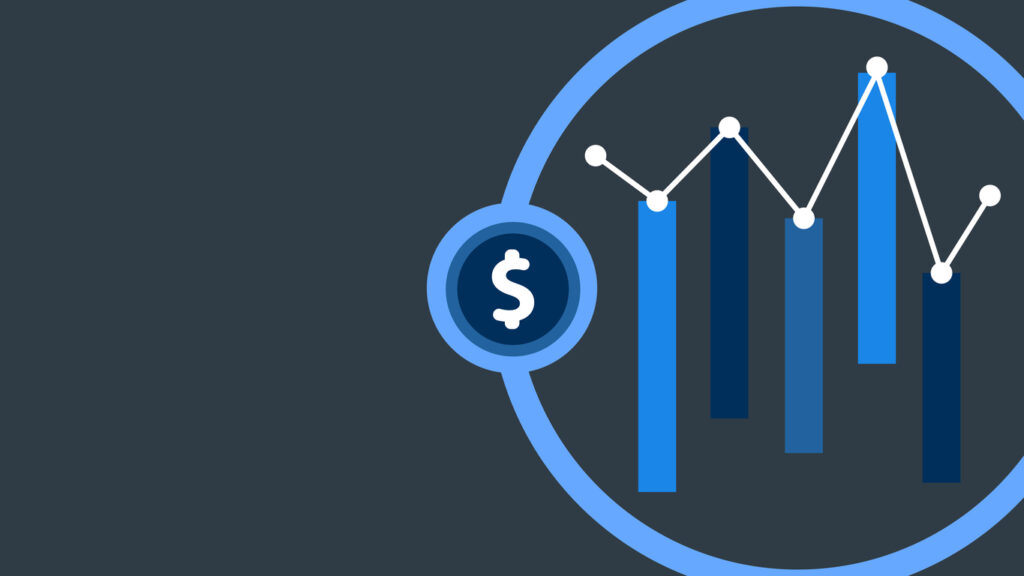Part I of the Innovation Research and Strategy series: Creating a growth strategy framework is the first step toward solving innovation, business strategy, brand strategy, and other growth challenges
The theory of disruptive innovation has been impacting business strategies for more than 25 years. At its core, this theory, as authored by Clayton M. Christensen, provides broad insights on how to view and potentially address innovation threats and opportunities. Building upon these basic tenets, a customized, agile approach to “disruptor-led” innovation strategy can be developed to better serve middle-market companies.
Innovation Research and Strategy, co-authored by The Martec Group and Great Lakes GrowthWorks, converges different practices to provide mid-market companies with a toolkit to identify, research, and leverage growth opportunities.
Step 1: Create a Growth Strategy Framework
When a leadership team determines it is time to diversify and innovate to drive long-term growth, where do they start? Having a growth strategy framework helps advance the front-end of the innovation process and is critical to the successful development of a new product or service. Development includes reviewing a company’s strategic plan, defining search fields, systematic inquiry, idea evaluation, concept development, and roadmapping.
GrowthWorks’ Catapult™ approach helps organizations understand, embrace, and respond with confidence to disruption. It is grounded in a fundamental understanding that it takes both foresight (uncovering social shifts and disruptive forces that will impact market trajectory) and empathy (deep understanding of evolving consumer needs, emotions, and expectations) to drive successful innovation.
The Catapult work plan can include any or all of three phases, with methodology scaled up or down as needed:
- Capture … how life is evolving in context. This phase maps consumer-driven emerging demand and the evolving market.
- Connect … consumer demand to business priorities. This phase prioritizes current business goals and “ownable opportunities” – the future spaces in which a company can play and win.
- Co-create … with stakeholders and consumers. This phase generates valuable ideas through iterative interaction that reveals key insights and drives market differentiation and distinction.
By grounding the Catapult approach in foresight and empathy, a company can chart a map of demand – for both today and the future – and project where the market is going. These principles strengthen a growth strategy framework and can enable decision makers to fully address disruptive threats and opportunities impacting their organizations. The process results in a future-focused business roadmap…a sequenced blueprint for growth.
Step 2: Find the Right Sequencing for Sustainable Growth
Going back to the original disruptive innovation theory, disruption is defined as a gradual process. Over time, the “disrupt or be disrupted” mantra may be applicable for middle-market organizations. However, foresight allows for a less reactive approach. The most successful frameworks and strategies recognize the nuance between staying competitive with core brands – creating ongoing, sustaining innovations – and aggressively fending off challenger brands and/or leveraging opportunities with disruptor-led innovation. Ignoring this nuance may lead a company to jeopardize its core business model or ignore what is coming. Neither works. Finding the right sequencing of initiatives for sustainable growth is paramount.
Even as the speed of business cycles increases, innovation is often more successful when a growth strategy framework is used. An agile approach like Catapult can be utilized to structure the process, generate comprehensive roadmaps, and provide clarity to best meet a company’s needs. To support short- and long-term gains, around core business and disruptive opportunities, business leadership teams need to do the work required to proactively put disruptive innovation in its place. Innovation Research and Strategy can help teams do just that by delivering a strong pipeline of profitable, impactful innovation.
The Innovation Research and Strategy series is co-led by The Martec Group, a global market research and consulting firm based in metro Detroit, and Great Lakes GrowthWorks, a growth strategy and innovation consulting firm based in Ann Arbor, Michigan.
Next in the series: Industry disruptors … how to identify the disruptive forces and social shifts most likely to impact an organization and turn those threats into opportunities.
>> Download the Innovation Research and Strategy eBook today.





